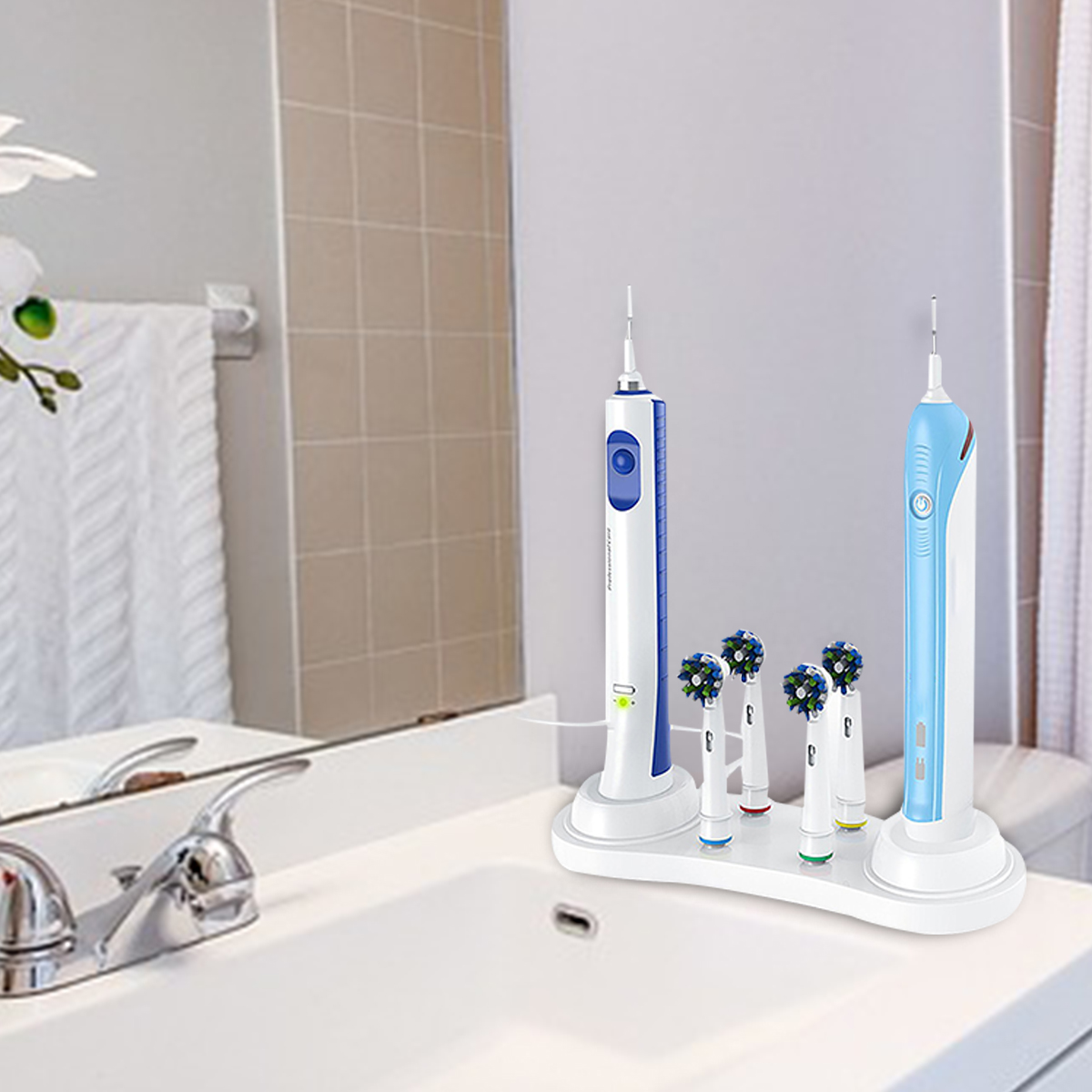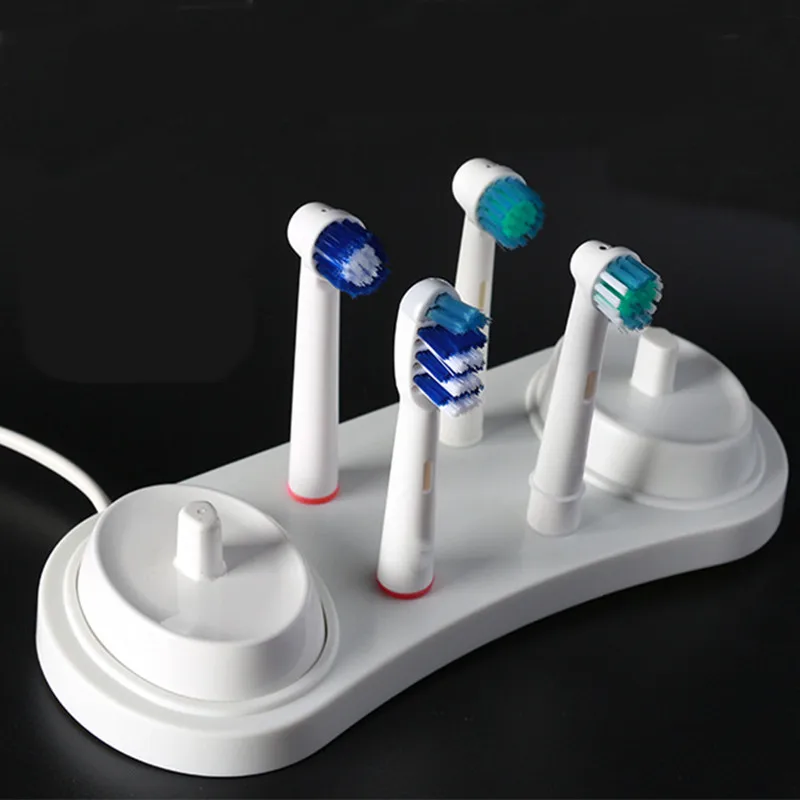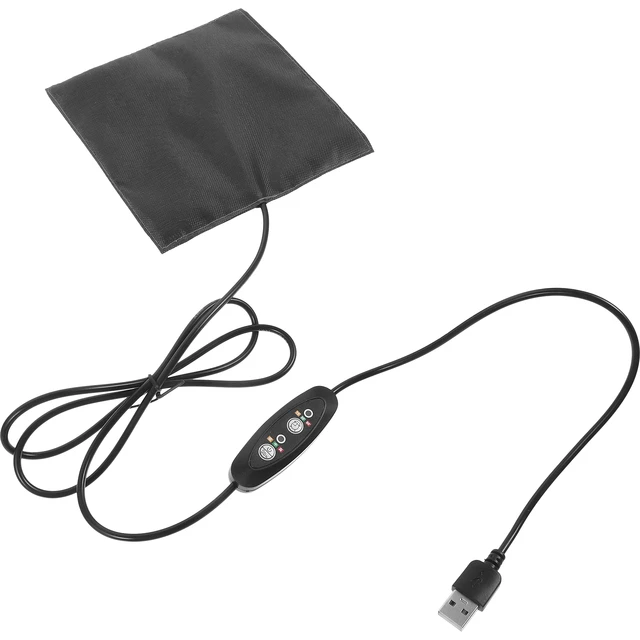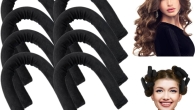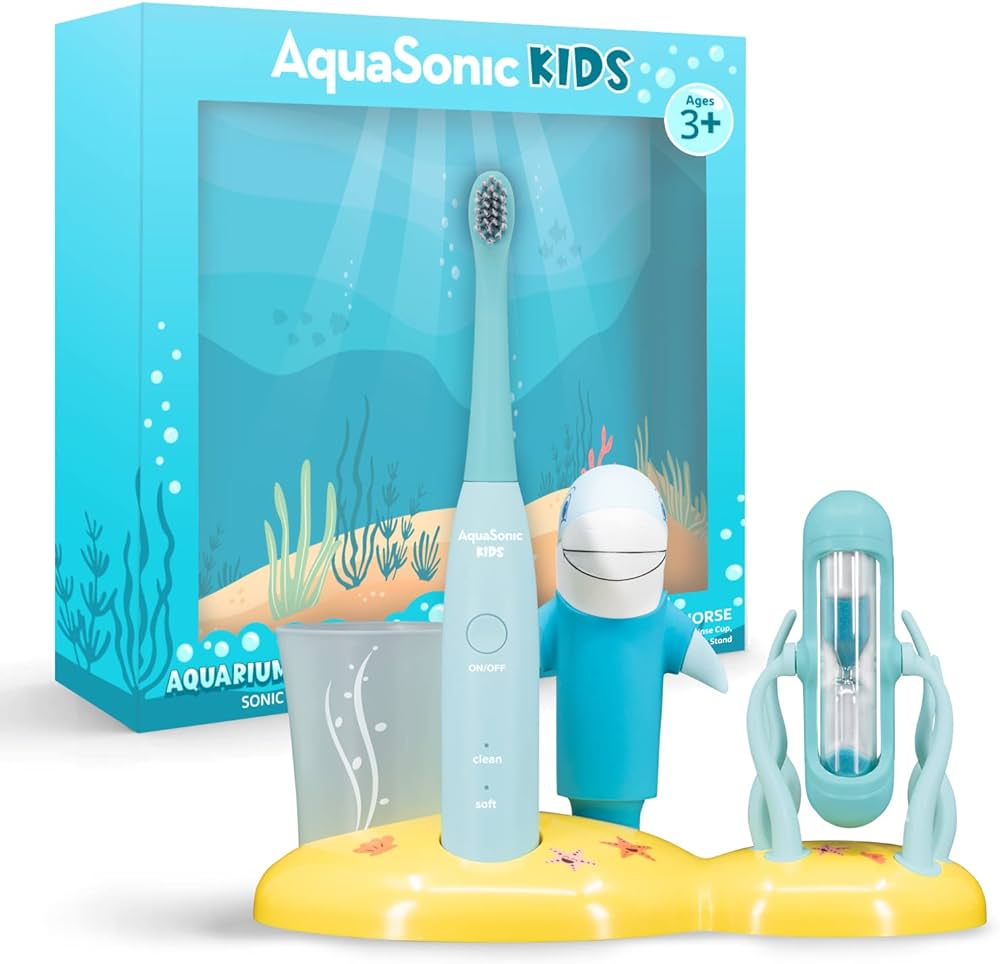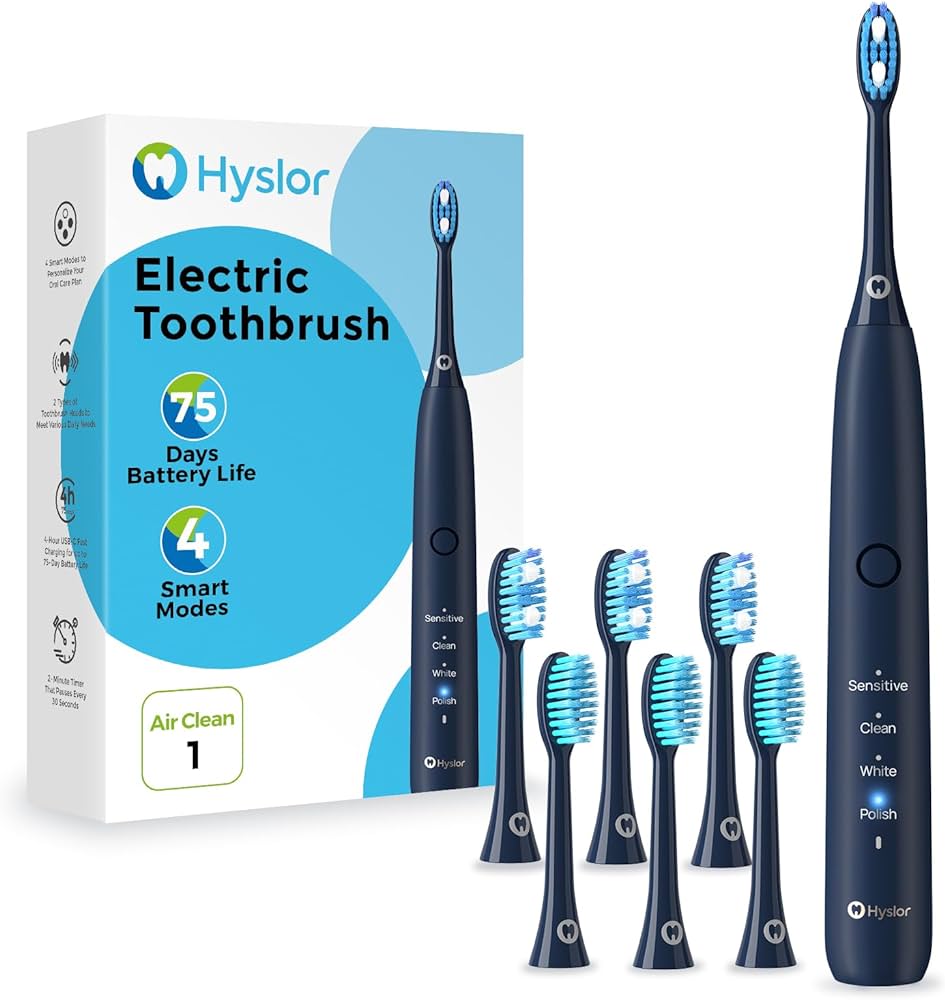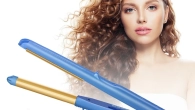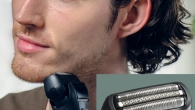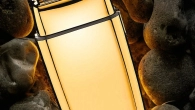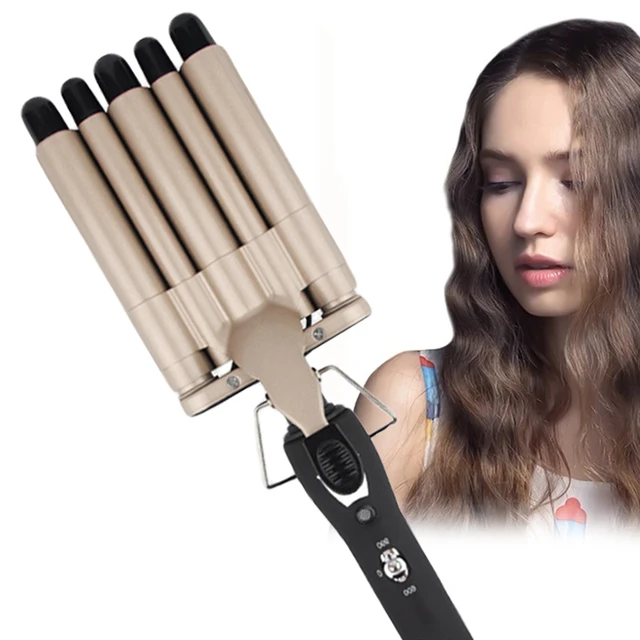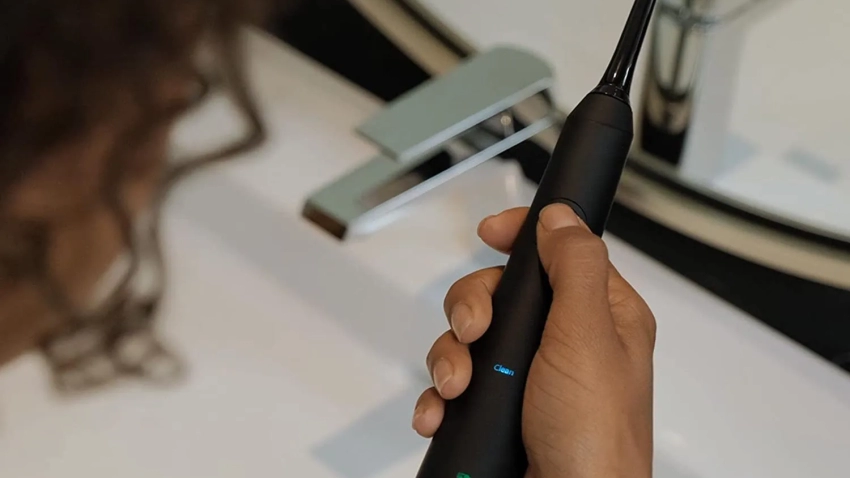
How to Dispose of Electric Toothbrush: A Comprehensive Guide
Electric toothbrushes have become a staple in modern dental care, celebrated for their ability to provide effective cleaning compared to traditional manual toothbrushes. However, like many electronic devices, they eventually reach the end of their life cycle. Proper disposal is essential not only for environmental reasons but also for personal safety. Understanding how to dispose of an electric toothbrush can save you from contributing to electronic waste and allow you to make eco-friendly decisions. This comprehensive guide provides detailed steps and tips for safely and responsibly disposing of your electric toothbrush.
Understanding Electronic Waste
What Is Electronic Waste?
Electronic waste, often referred to as e-waste, encompasses discarded electrical and electronic devices. From smartphones to kitchen appliances, e-waste poses significant environmental challenges. When improperly disposed of, e-waste can release toxic substances like lead, mercury, and cadmium into the environment, potentially causing pollution and health hazards.
The Impact of E-Waste
The improper disposal of electronic devices is a growing concern. In 2019, the global volume of e-waste reached approximately 53.6 million metric tons. As our reliance on technology increases, so does the volume of e-waste produced. Many consumers are unaware of the adverse effects of e-waste, contributing to pollution and the depletion of natural resources. This makes it imperative to understand how to responsibly dispose of electronic items, including electric toothbrushes.
Reasons to Dispose of Electric Toothbrushes Properly
Environmental Concerns
Improper disposal contributes to environmental degradation. Landfills are often overflowing with e-waste, which can leach harmful chemicals into the soil and water supply. By disposing of your electric toothbrush responsibly, you help reduce e-waste accumulation and protect the planet.
Health Risks
E-waste can pose health risks if not disposed of properly. Harmful chemicals can contaminate the air and water, leading to acute or chronic health issues. Responsible disposal minimizes exposure to these hazardous substances.
Resource Recovery
Many components inside electric toothbrushes can be recycled. Proper disposal means that valuable materials, such as plastics and metals, can be recovered and reused in new products, reducing the need for new raw materials.
Steps for Disposing of Your Electric Toothbrush
Step 1: Assess the Condition of Your Electric Toothbrush
Before disposing of your electric toothbrush, it’s essential to assess its condition. If it’s still functioning well, consider donating it to someone in need or gifting it as a spare. Many communities have organizations that accept gently used dental products, provided they are clean and functional.
Step 2: Check for Manufacturer’s Recycling Programs
Some manufacturers have adopted recycling programs to responsibly manage e-waste. Check the website or customer service of your electric toothbrush brand to see if they offer a take-back program. For instance, companies like Philips and Oral-B have initiatives where you can return your old toothbrushes for recycling.
Step 3: Remove the Batteries
Electric toothbrushes generally contain rechargeable batteries, usually lithium-ion or nickel-metal hydride. These batteries can be hazardous waste themselves, so it’s crucial to remove them before disposal. Here’s how:
- Unplug the Toothbrush: Ensure that your toothbrush is not connected to the charger to minimize any electrical risks.
- Open the Toothbrush: Depending on the model, you may be able to open the toothbrush using a screwdriver. However, some may be designed to be disposable. Be gentle to avoid injury.
- Extract the Battery: If you are comfortable, remove the battery carefully. Remember to wear protective gloves if you are dealing with sharp edges.
Step 4: Dispose of the Battery Properly
Once extracted, dispose of the battery according to local regulations. In many areas, batteries are categorized as hazardous waste and need special handling. Look for designated recycling centers or hazardous waste collection events in your community. Many retail locations also offer battery recycling, so check with local electronics stores for their policies.
Step 5: Recycle or Dispose of the Toothbrush Body
The toothbrush’s plastic casing can often be recycled, but you’ll need to verify local recycling guidelines. Here’s how to proceed:
- Clean the Toothbrush: Rinse the toothbrush thoroughly to remove any remaining debris.
- Check Local Guidelines: Not all plastic types are recyclable through standard curbside recycling programs. Look for a recycling symbol on the casing to identify its type and check whether it is accepted in your locality.
- Find a Recycling Center: If your local program does not accept it, you can look for electronic waste recycling facilities that accept small appliances.
Step 6: Explore Specialty Recycling Programs
Some organizations focus on recycling electronic products. Search for eco-friendly initiatives in your area. Websites like Earth911 offer resources for finding responsible recycling locations. These centers often handle the specifics of processing e-waste, ensuring that materials are recycled or disposed of in an environmentally responsible manner.
Alternative Solutions
Donation and Sharing
If your electric toothbrush is still usable but just not to your taste anymore, think about donating it. Some dental clinics, charities, or community health organizations may accept donated toothbrushes, especially if they are in good working condition. Ensure that they meet health and safety standards and are clean before donating.
Upcycling Ideas
If you’re crafty, consider upcycling the toothbrush into something useful before disposing of it. Old electric toothbrushes can be repurposed for cleaning hard-to-reach areas or can even serve as a tool for art projects.
- Creative Cleaning Tool: The small brush head is excellent for intricate cleaning tasks, such as scrubbing jewelry, cleaning keyboards, or removing grime from delicate parts of appliances.
- Arts and Crafts: The handle could be a fun addition to craft projects, either as a base for art pieces or as part of sculptures.
Educating Yourself and Others
The Importance of Awareness
Being informed about e-waste and its impact is the first step in responsible electronic product disposal. Share your knowledge with friends and family to raise awareness about the importance of disposing of electric toothbrushes and other electronics properly.
Engaging with Community Efforts
Stay engaged with community initiatives that promote the proper disposal and recycling of e-waste. Participating in local clean-up days or e-waste collection events can help spread the word and make a tangible impact in your community.
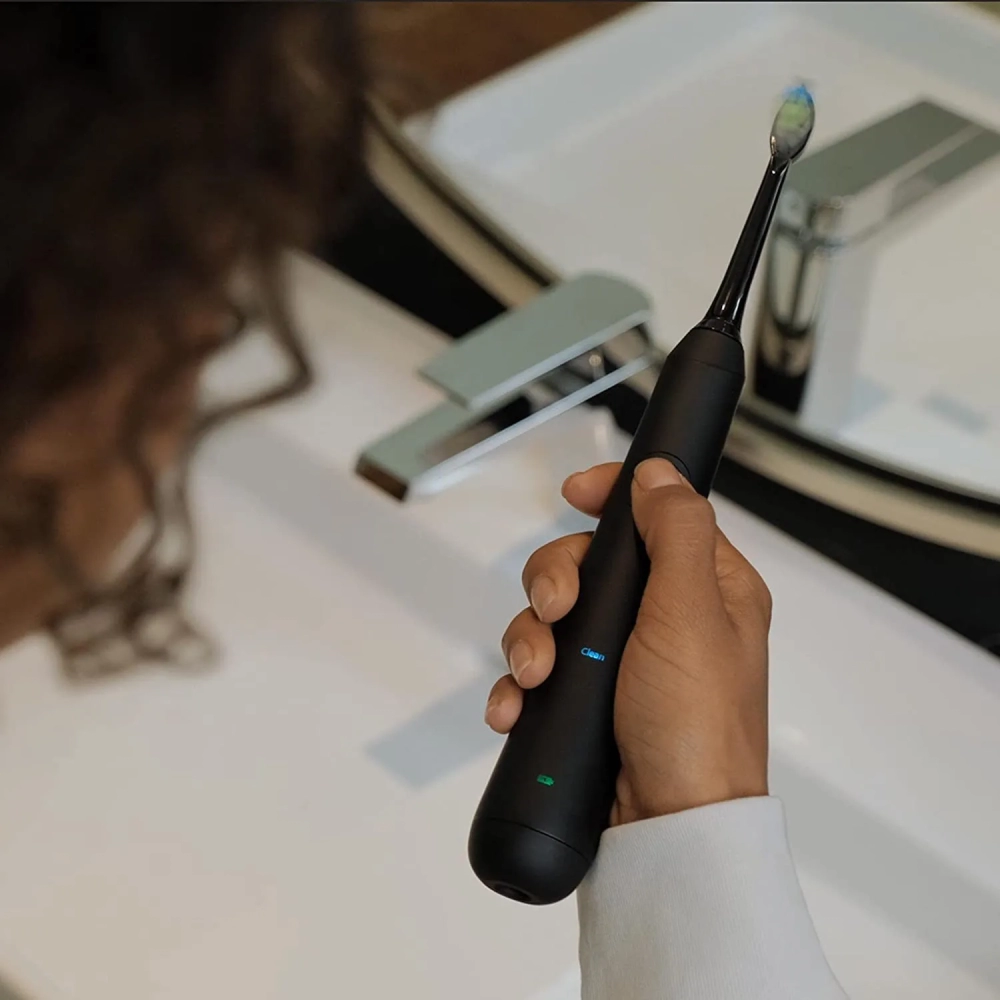 Future Considerations in Oral Hygiene Products
Future Considerations in Oral Hygiene Products
Innovations in Eco-Friendly Products
As the push for more environmentally-friendly products increases, many companies are now focusing on sustainability in the oral hygiene sector. Research indicates that the market for eco-friendly electric toothbrushes is expanding. These products often feature biodegradable materials, rechargeable options, and sustainable packaging.
- Biodegradable Toothbrush Heads: Some brands now offer heads made from biodegradable materials, contributing less to plastic waste.
- Sustainable Materials: Look for toothbrushes made from bamboo or recycled materials, which lessen the environmental impact.
Sustainable Practices in Dental Care
As consumers, we have the power and responsibility to support brands that prioritize sustainability. Research companies that lead the charge in making oral hygiene products more environmentally friendly and telegraph your preferences through your purchasing decisions.
Conclusion: how to dispose of electric toothbrush
In conclusion, knowing how to dispose of your electric toothbrush is crucial for both environmental sustainability and personal health. The journey of responsible disposal begins with understanding e-waste and recognizing the risks associated with improper disposal. By following the outlined steps—assessing your toothbrush’s condition, utilizing manufacturer programs, removing batteries, and engaging with local recycling options—you can contribute positively to reducing e-waste.
As technology continues to advance, awareness and responsibility in our disposal practices become more critical. We must educate ourselves and others while advocating for sustainable alternatives in oral hygiene products. By acting consciously, we play our part in protecting the environment and promoting a healthier, safer world.




